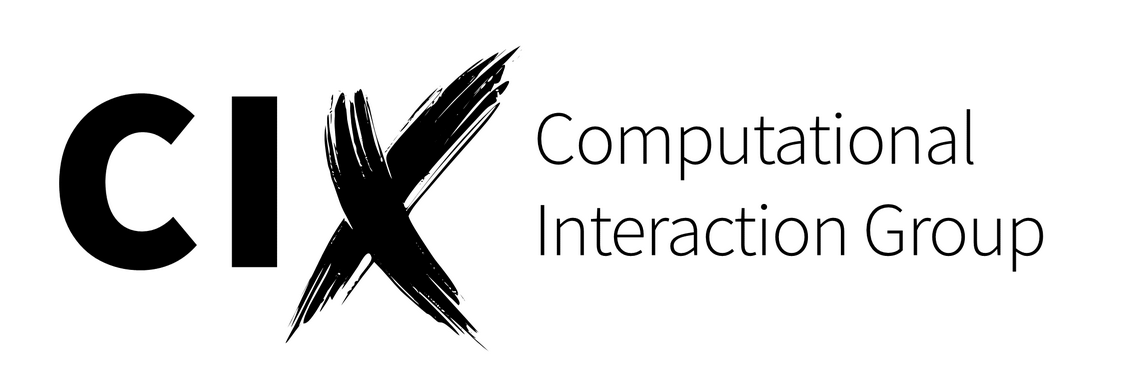Abstract
Entering text is one of the most common tasks when interacting with computing systems. Virtual Reality (VR) presents a challenge as neither the user's hands nor the physical input devices are directly visible. Hence, conventional desktop peripherals are very slow, imprecise, and cumbersome. We developed a apparatus that tracks the user's hands, and a physical keyboard, and visualize them in VR. In a text input study with 32 participants, we investigated the achievable text entry speed and the effect of hand representations and transparency on typing performance, workload, and presence. With our apparatus, experienced typists benefited from seeing their hands, and reach almost outside-VR performance. Inexperienced typists profited from semi-transparent hands, which enabled them to type just 5.6 WPM slower than with a regular desktop setup. We conclude that optimizing the visualization of hands in VR is important, especially for inexperienced typists, to enable a high typing performance.
Links
BibTeX (Download)
@inproceedings{10.1145/3173574.3173919,
title = {Physical Keyboards in Virtual Reality: Analysis of Typing Performance and Effects of Avatar Hands},
author = {Pascal Knierim and Valentin Schwind and Anna Maria Feit and Florian Nieuwenhuizen and Niels Henze},
url = {https://doi.org/10.1145/3173574.3173919},
doi = {10.1145/3173574.3173919},
isbn = {9781450356206},
year = {2018},
date = {2018-01-01},
urldate = {2018-01-01},
booktitle = {SIGCHI Conference on Human Factors in Computing Systems},
publisher = {ACM},
address = {New York, NY, USA},
series = {CHI '18},
abstract = {Entering text is one of the most common tasks when interacting with computing systems. Virtual Reality (VR) presents a challenge as neither the user's hands nor the physical input devices are directly visible. Hence, conventional desktop peripherals are very slow, imprecise, and cumbersome. We developed a apparatus that tracks the user's hands, and a physical keyboard, and visualize them in VR. In a text input study with 32 participants, we investigated the achievable text entry speed and the effect of hand representations and transparency on typing performance, workload, and presence. With our apparatus, experienced typists benefited from seeing their hands, and reach almost outside-VR performance. Inexperienced typists profited from semi-transparent hands, which enabled them to type just 5.6 WPM slower than with a regular desktop setup. We conclude that optimizing the visualization of hands in VR is important, especially for inexperienced typists, to enable a high typing performance.},
keywords = {},
pubstate = {published},
tppubtype = {inproceedings}
}
